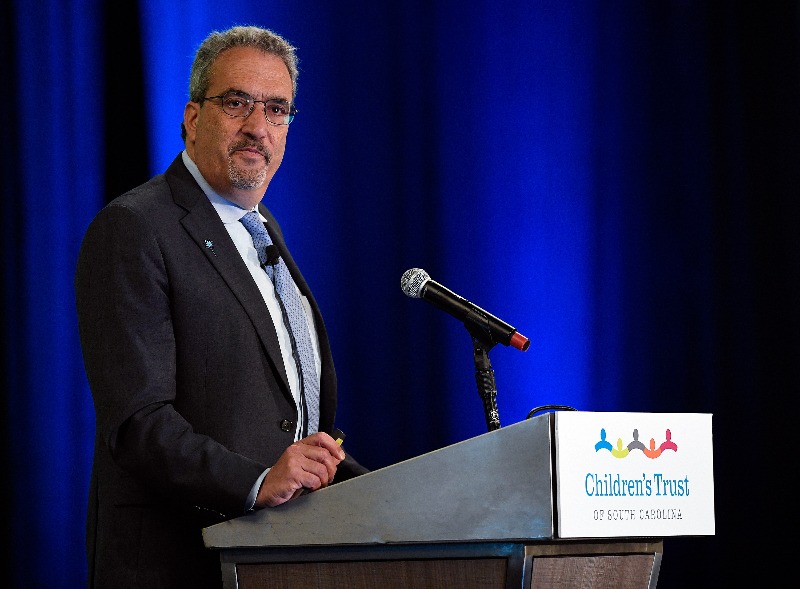The coronavirus is having a significant impact on family life, which includes the potential for greater child abuse and neglect. CNN and the New York Times featured columns by guest experts in their April 7 editions that detail the risk.

Dr. Robert Sege (above), who was a keynote speaker at the 2019 Building Hope for Children Conference hosted by Children’s Trust, co-wrote a column for CNN with Prevent Child Abuse America president and CEO Melissa Merrick on the importance of focusing on child abuse prevention during the coronavirus outbreak.
The coronavirus pandemic may very well be the defining moment in the lives of today’s children. So say Prevent Child Abuse America president and CEO Melissa Merrick and PCAA board member Robert Sege, an eminent pediatrician, in a story the two co-wrote for CNN.
The pair note that’s why it is vitally important to focus on positive experiences for children during these difficult times while minimizing adverse experiences that can wound them for a lifetime. The challenges brought on by the current adversity related to COVID-19 can cause lasting damage to mental and physical health.
“The increased stress we’re seeing in families due to the virus can increase children’s risk of abuse at the hands of their loved ones. Children who are usually in school are now learning at home. Their parents may be working from home, working at essential jobs (without good child care options) or may have lost their jobs. Children who are being abused or neglected are more likely to go unnoticed without teachers and others to help them.”
In a column for the New York Times, Nina Agrawal, a child abuse pediatrician in New York City, states the coronavirus outbreak has created the conditions for a rise in child abuse that could go unchecked.
“When there is household dysfunction — domestic violence, parental substance abuse or a mental disorder — the risk of child abuse goes up, and there’s reason to believe all of these things will increase during this pandemic.”



